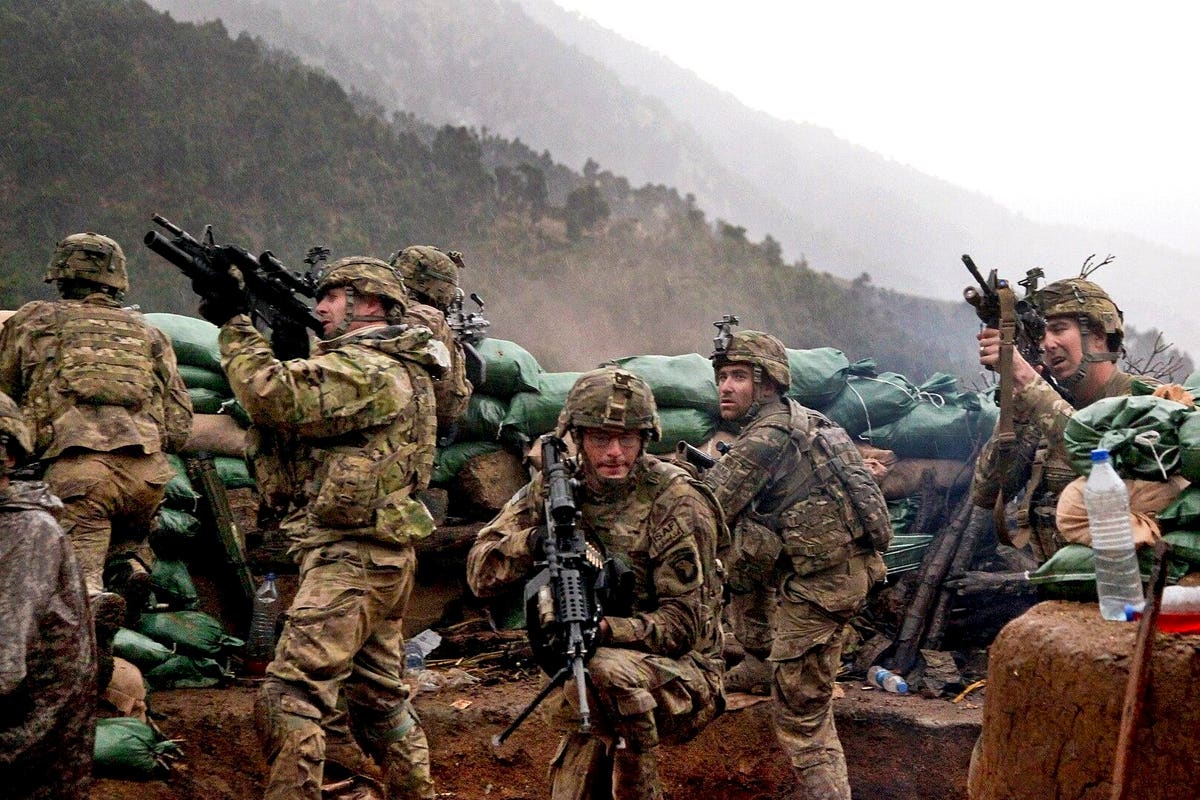The U.S. Army is in the midst of a technological transformation that is transporting its culture from the industrial age into the digital era.
Every facet of the institution is being rebuilt in the belief that success in future conflicts will be determined by who controls information and can exploit it to maximum advantage.
At the center of this transformation is a high-speed, high-capacity network, without which the service’s future posture cannot function.
The network connects all of the force’s pieces—not just the infantry, aviation, artillery and armor, but the logisticians and intelligence organizations that support tactical operations.
Because battlefield success in what the Army calls “multi-domain operations” will depend on the network to provide critical data faster than adversaries can keep up, some planners have taken to describing the network as a weapon. See, for example, the service’s 2021 Unified Network Plan.
However, this adds to the confusion of a process that is already awash in jargon and abstractions. A better approach is to think about the network is as a critical enabler, without which the service would be hard-pressed to use weapons such as tanks and rotorcraft effectively.
The easiest way to get a granular grasp of what the Army’s network is, or soon shall be, is to visit the website of its program executive office for tactical command, control, and communications—PEO C3T in service nomenclature. The website contains an unusually detailed portfolio of all the network projects currently underway.
Fortunately, the portfolio includes a capsule description of each of the two dozen projects it is currently funding. It doesn’t cover network-related initiatives managed by other offices, such the cybersecurity aspects of the Army’s enterprise network, but you can get a good idea of where the Army is placing its bets for the battlefield network by perusing PEO C3T’s compendium.
The bottom line here is that the Army is counting on its tactical network to provide situational awareness, a common operating picture, timely target information and diverse communications across a scattered force—even in the midst of intense combat.
Without the network, individual units might not know where enemy and friendly forces are, which weapons are best suited to defeating specific threats, or even how to alert high command that they are under attack.
A lot of this depends on links to communications satellites, which are increasingly being deployed by the Space Force in low earth orbit. Some of the most critical information might arrive from line-of-sight connections to the aircraft of other services, such as the F-35 fighter and various drones.
The Pentagon’s vision of a future networked force calls for all of the military services to one day be seamlessly connected, so that they can function as an integrated entity in wartime.
At the moment, though, the Army is struggling just to connect its own units. It has conducted experiments in which soldiers received vital data from other services, but it will be some time before that becomes routine practice. In the meantime, here are the six paramount features it hopes its future tactical network can deliver for all soldiers in the field.
- Accessibility. At the very least, every soldier must be able to tap into the network, no matter how parlous his or her circumstances. That requires robust technology, but also a simple design that can be intuitively grasped by users.
- Immediacy. In fast-paced combat, information needs to arrive quickly to be useful. One reason for putting transport satellites in low earth orbit is to minimize latency—the time it takes for signals to reach intended recipients.
- Capacity. Some tactical messages, such as video, require a lot of bandwidth to transmit. So, in addition to being fast and accessible, the tactical network must have the capacity to carry the full range of potential data and voice messages.
- Flexibility. It isn’t enough to deliver the above features from fixed locations. In combat, fixed assets are likely to be targeted. Critical elements of the network therefore must be mobile and able to utilize multiple channels to sustain links.
- Resiliency. The tactical network must be durable enough to survive kinetic and non-kinetic attacks. Kinetic attacks utilize munitions like bombs and rockets, non-kinetic attacks typically use electronic signals to disrupt transmissions.
- Security. Tactical messages will need to be encrypted to avoid interception and exploitation by adversaries. Army planners are especially concerned about malware and other cyber intrusions into the network by adversaries like China.
Satisfying all six of these design criteria in an integrated tactical network is a herculean task. Past efforts to create suitable links such as the Joint Tactical Radio System and Warfighter Information System-Tactical faltered due to technical constraints or lack of functionality.
Occasionally a breakthrough appears that eases the challenge, such as the TRAX software application that enables radios with disparate features to communicate. A big part of the Army’s network modernization plan involves generating agile software to replace hardware.
The service is increasingly drawn to commercial products and services to meet its needs, partly because they are more affordable than military-unique solutions, and partly because so much innovation in relevant fields occurs outside the defense industry.
However, when China is the pacing threat, there are limitations to exploiting commercial technology. In many cases, commercial products will be well understood in China, and may even be manufactured there. So, depending heavily on commercial technology is no way to stay ahead of China’s military.
In the end, what Army planners want is a network that will enable soldiers to see first and act first when fighting an adversary like China. The service uses terms like “decision dominance” and “overmatch” to describe its desired end-state.
It isn’t certain that achieving a durable technological edge over other great powers will be feasible. Without a flexible, resilient, secure tactical network, though, it is likely to be impossible.
Read the full article here





